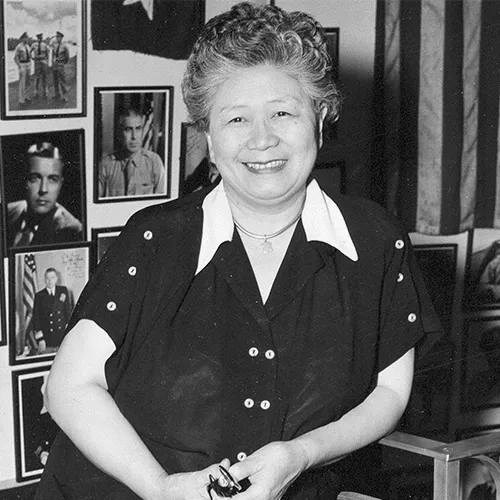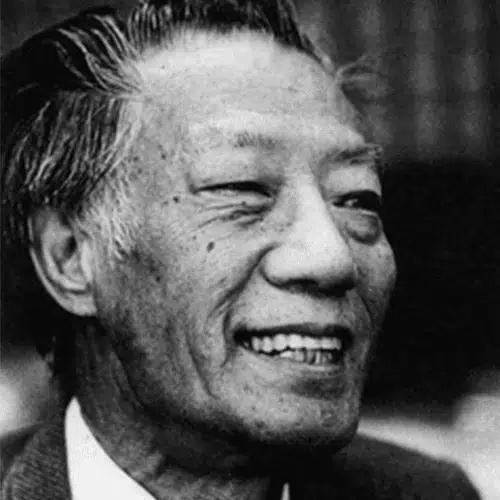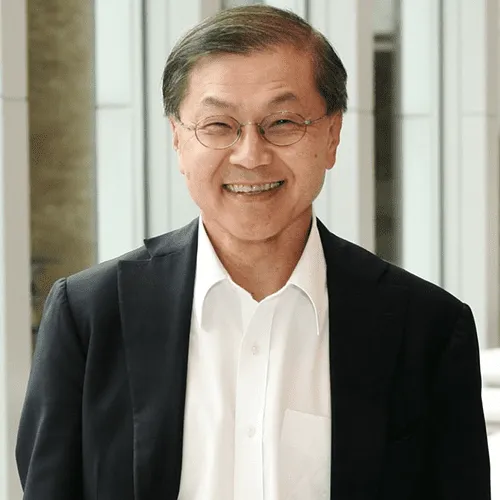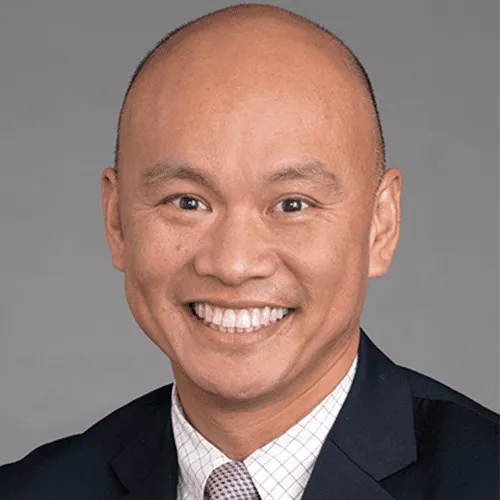Contact Us
- Solutions
- Resources
- About
- Contact Us
close
Optional callout banner for highlighted news or events
Learn More
May is Asian American and Pacific Islander Heritage Month. This is a time and space to recognize the contributions and influence of Asian Americans and Pacific Islander Americans within the history, culture, and achievements in the United States. Given the current environment involving increased discrimination and violence against Asians and Asian Americans, it is more important than ever to stand up and acknowledge the need for equal and fair treatment that is deserving of all races and ethnicities. At Pii, we stand united with people of every race and gender and profess our unwavering commitment to Diversity, Inclusion, Equality & Justice, all of which are at the heart of our Pii Community and our Core Values.
The innovations and accomplishments of Asian-Americans and Pacific Islanders have shaped the medical field as we know it, leaving tremendous contributions to medical science and beyond. We wanted to showcase examples of individuals that have reached major milestones within the medical community to serve as reminders of the significant impact that the Asian community has made on the world.





Like what you read? Share with your network: